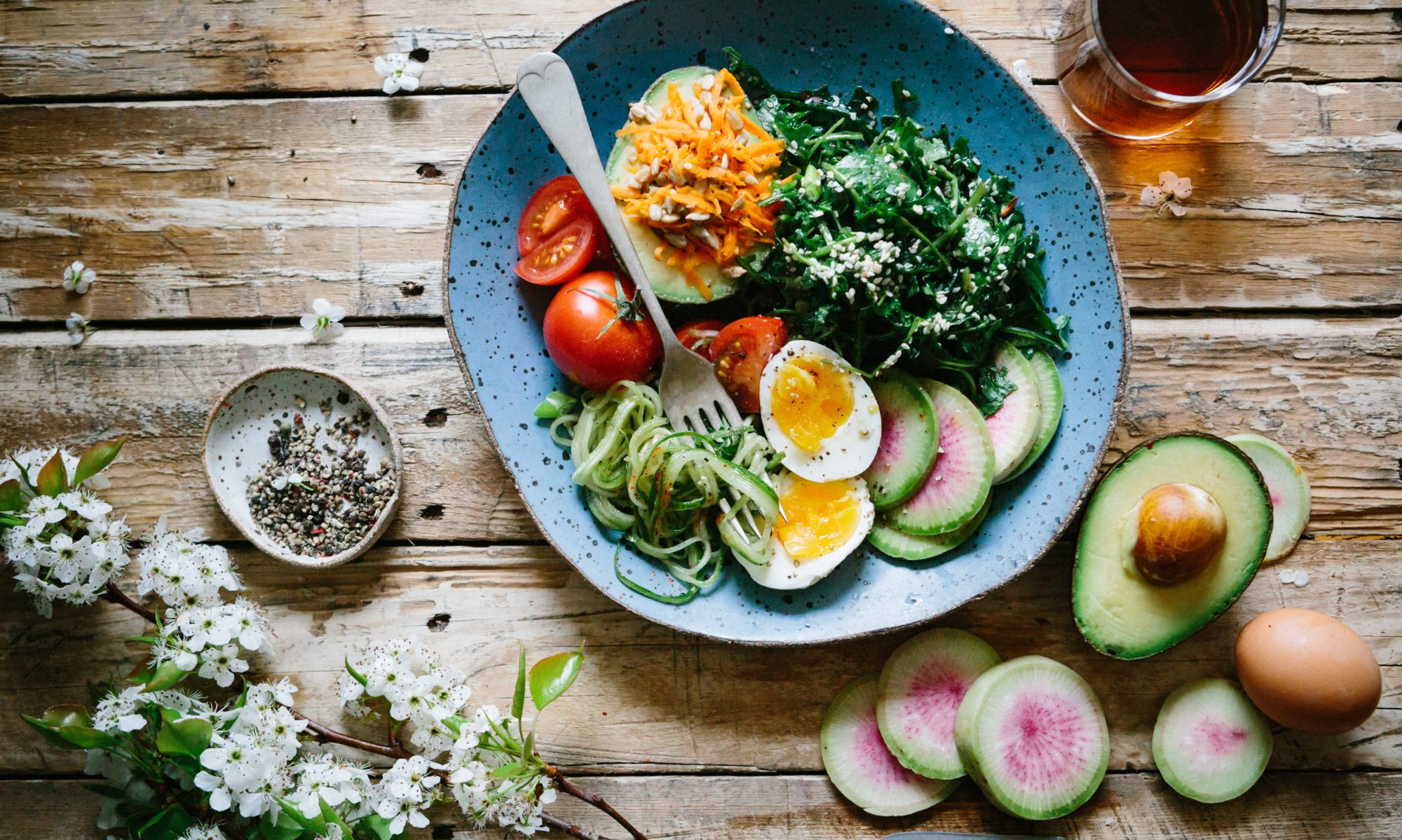This project is designed to help control the symptoms of Irritable Bowel Syndrome. The culprits seem to be a combination of sugars and yeast in the diet. There may be alleviation of other symptoms as a side effect of the treatment. The approach is totally natural but requires the person to apply themselves to the food plan which is not easy and some people cannot manage the will power needed, It is essential that medical input is incorporated especially if diabetes is present as there may be a precipitous decrease in blood sugar. No part of this advice may be copied or reproduced without the written permission of the author.
Anatomy
The gastrointestinal tract begins at the mouth and ends at the anus. Food and drink passes from the mouth down the esophagus into the stomach where the milieu is extremely acidic with hydrochloric acid. The acidity may render probiotics, used for IBS, useless. Next lies the duodenum where bile from the gall bladder neutralizes the acidity. The food continues through the jejunum. The duodenum and the jejunum are collectively called the small intestine. Lining the small intestine are multiple projecting fronds called villi. These increase the surface area to make more absorption of nutrients. In gluten enteropathy these villi are absent giving rise to malabsorption. The food then enters the large intestine which includes firstly the caecum, from which buds the appendix, then the ascending colon followed by the transverse , descending colon and eventually the rectum and finally the anus. It is thought that IBS occurs mainly in the large intestine.
Pathology
The large intestine contains multiple trillions of microorganisms including yeast. It is thought that when the balance of these organisms is upset IBS occurs. IBS is characterized by either diarrhea or constipation with associated abdominal bloating. There may be other symptoms. The severity of the IBS symptoms is very subjective: the level of complaints depends on the personality of the sufferer.
When there is an overgrowth of yeast in the large intestine or excess in the diet the balance previously referred to is upset. Other causes include antibiotics, which kill off good bacteria, and excess sugar ingestion. Substances called lectins are present in many foods. There are good and bad lectins. These bad lectins are contained in many foods and in particular in soy and wheat. These bad lectins combine with sugar molecules in the large intestine and attach to the lining cells of the colon. In turn these cells lose their attachment to each other, i.e. lose their ‘tight junctions’, and allow the colon contents through the protection of the lining cells allowing the formation of a ‘leaky gut syndrome’. It is theorized yeast and other toxic colonic contents enter the blood stream and circulate around the body. These proteins are recognized as foreign and stimulate an allergic reaction.
